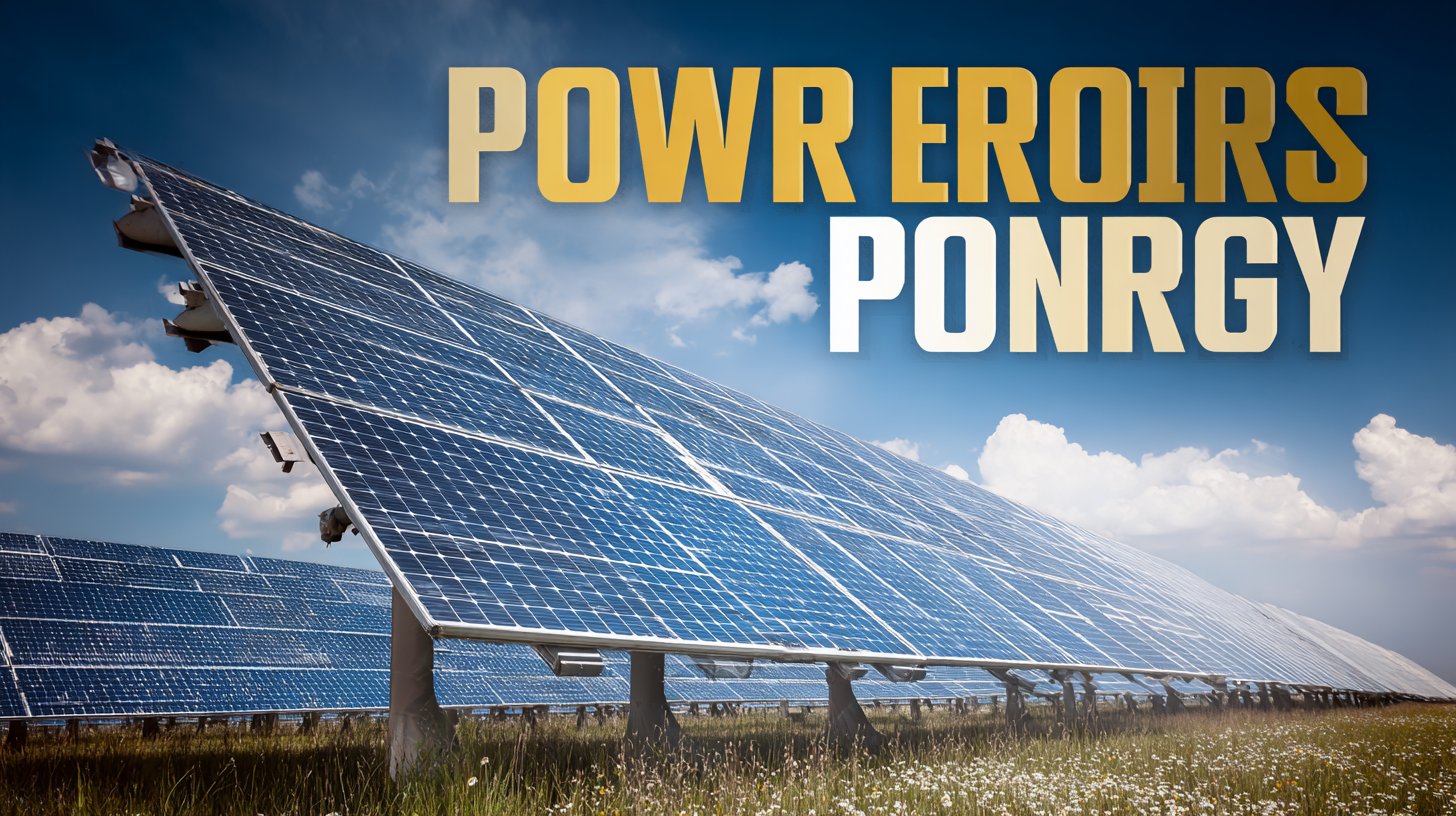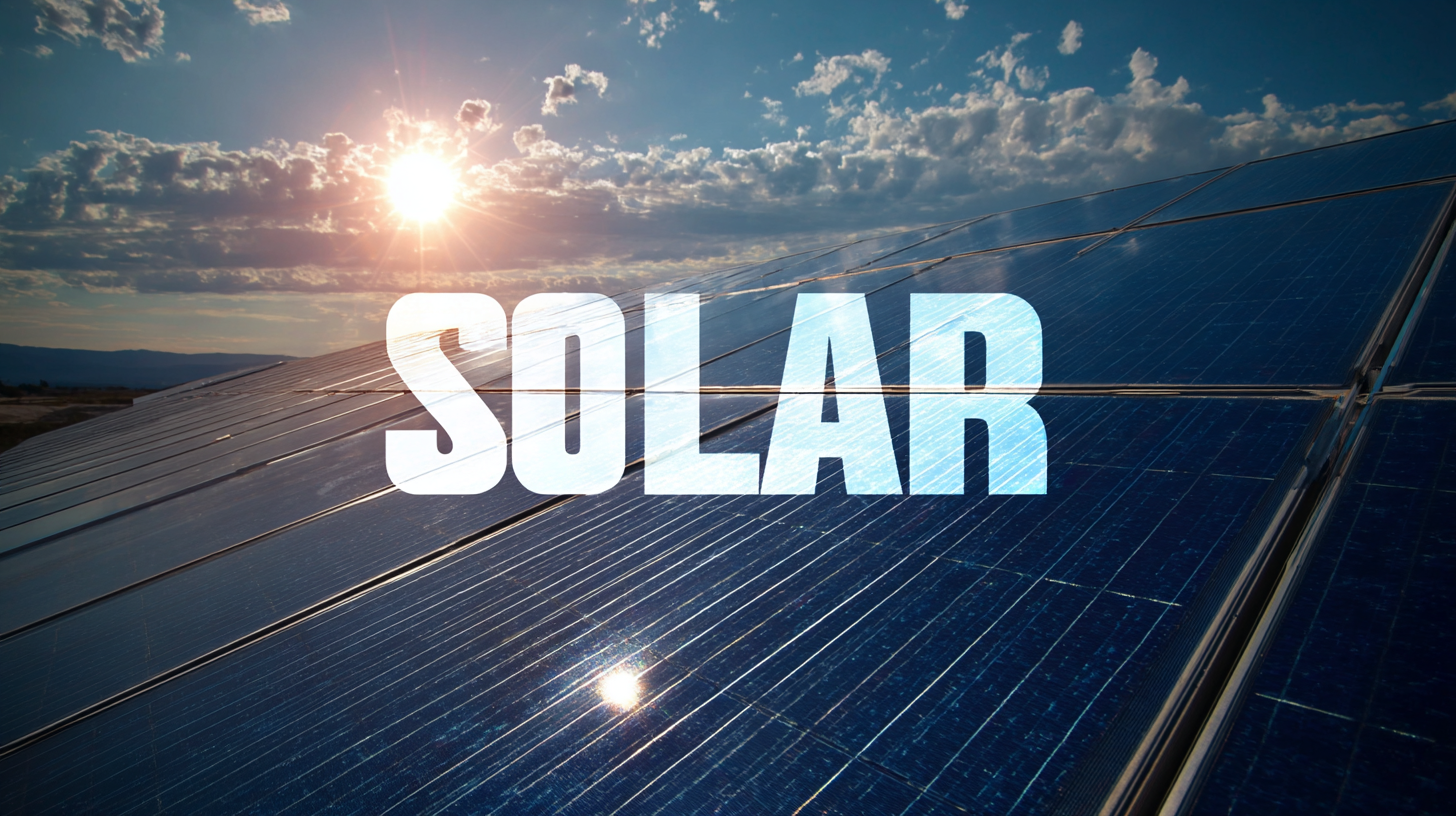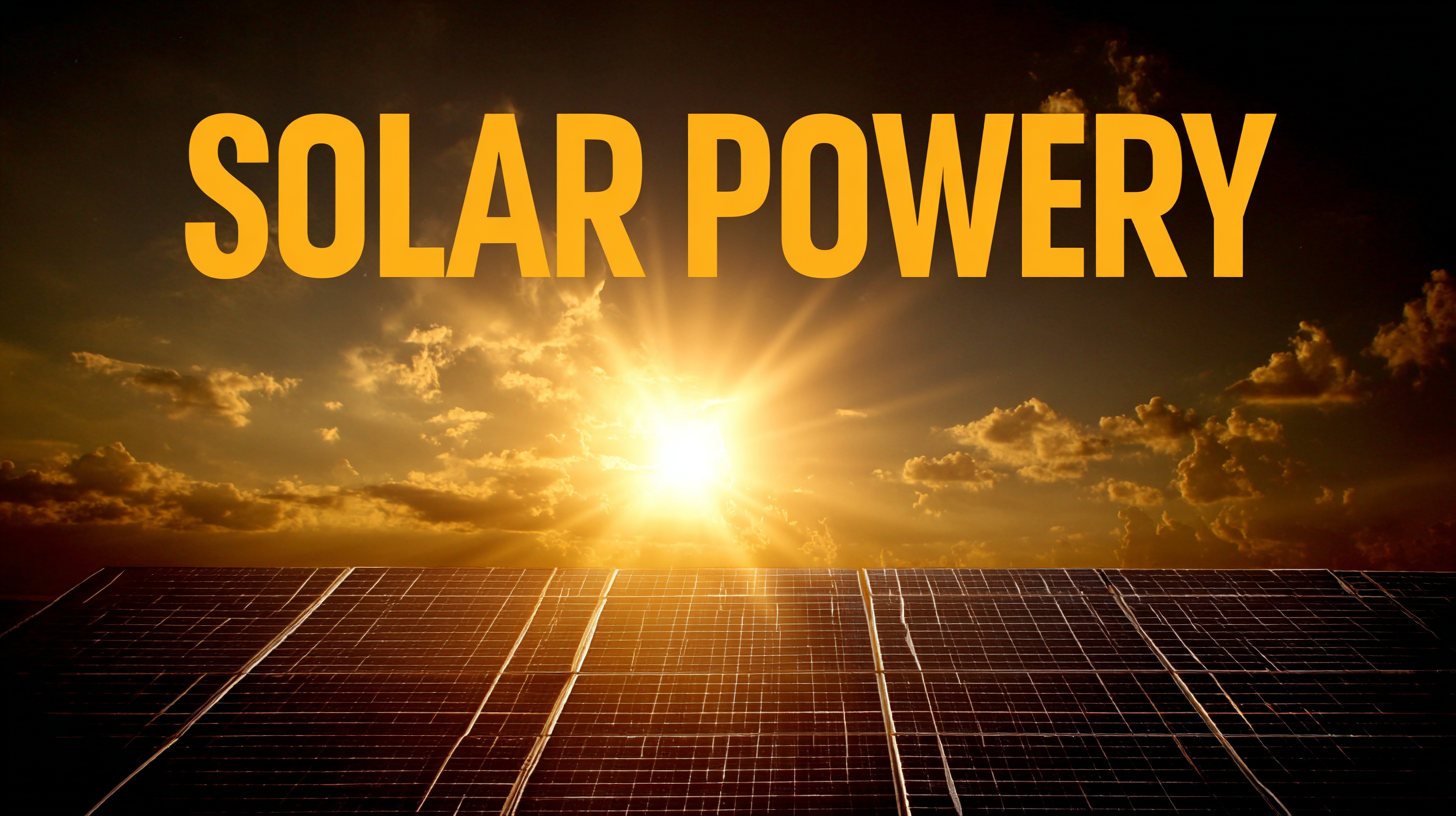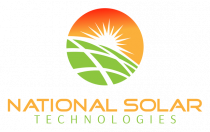Understanding the Problems with Choosing the Best Solar Power Energy Solutions
As the world increasingly turns its attention to sustainable energy sources, solar power energy has emerged as a leading solution to combat the challenges of climate change and rising energy costs. However, choosing the best solar power energy solutions can be fraught with difficulties.

With a plethora of options available – from different types of solar panels to varied financing plans – it is essential for consumers to navigate the complexities of this rapidly evolving market. This blog aims to shed light on the common problems encountered when selecting solar power energy solutions, helping readers make informed decisions that align with their energy needs, financial situations, and environmental goals.
By understanding these challenges, individuals can better appreciate the nuances of solar technology and ultimately harness the full potential of solar power energy for a sustainable future.
Evaluating Solar Power Options: Key Factors in Decision-Making
When evaluating solar power options, several key factors must be considered to ensure an informed decision. The market for solar energy has seen explosive growth, with global solar capacity reaching over 940 gigawatts by the end of 2020, according to the International Renewable Energy Agency (IRENA). This rapid expansion highlights the need for prospective solar consumers to assess their specific needs and the available technologies.
 Cost-effectiveness is a paramount concern. As reported by the Lazard Levelized Cost of Energy Analysis, the cost of utility-scale solar power has decreased by 89% since 2009, making it one of the cheapest sources of new electricity in many regions. However, installation costs can still vary widely based on geographic location and local incentives.
Cost-effectiveness is a paramount concern. As reported by the Lazard Levelized Cost of Energy Analysis, the cost of utility-scale solar power has decreased by 89% since 2009, making it one of the cheapest sources of new electricity in many regions. However, installation costs can still vary widely based on geographic location and local incentives.
Furthermore, homeowners must consider the solar system's efficiency and the potential return on investment. Research from the U.S. Department of Energy indicates that high-efficiency panels can convert more sunlight into electricity, directly impacting energy savings over time. Therefore, thorough research and tailored assessments are crucial for selecting the most suitable solar energy solution.
Cost Comparison: Analyzing Solar Panel Prices and Installation Expenses
When considering solar power as an energy solution, one of the foremost challenges is the cost involved, which encompasses both the initial purchase of solar panels and the installation expenses. Solar panel prices can vary significantly based on factors such as brand, efficiency, and technology used. On average, homeowners can expect to pay between $15,000 to $25,000 for a complete solar panel system before any government incentives or rebates. This investment can seem daunting, but it’s essential to view it as a long-term savings strategy, especially in areas where electricity costs are high.
Installation expenses further complicate the decision-making process. Factors influencing these costs include the complexity of the installation, roof type, and the geographic location of the property. For instance, installing solar panels on a steep or complex roof may incur additional labor costs. Moreover, hiring a reputable installer is crucial for ensuring the system operates efficiently, but this might also add to the overall cost. Homeowners should obtain multiple quotes and consider both the financial implications and the potential energy savings over time when choosing the best solar power energy solution for their needs.
Performance Metrics: Understanding Efficiency Ratings and Energy Output
When selecting solar power energy solutions, efficiency ratings and energy output are crucial performance metrics that often go overlooked. Efficiency ratings indicate how effectively a solar panel can convert sunlight into usable electricity. Higher efficiency ratings suggest that less surface area is needed for the same amount of energy production, which is particularly important for residential settings where space may be limited. However, it’s essential to recognize that higher efficiency does not always correlate with higher energy output, as local weather conditions and installation quality also play significant roles.
Moreover, understanding energy output goes beyond just looking at the maximum wattage a system can produce. It's vital to consider the energy yield over time, influenced by factors like shading, orientation, and geographical location. A panel with a lower efficiency rating but a more favorable setup could outperform a less optimally positioned high-efficiency panel. Therefore, when choosing solar power solutions, prospective users should not only analyze performance metrics but also evaluate their specific circumstances to ensure an optimal choice that maximizes energy production while minimizing costs.
Performance Metrics: Efficiency Ratings of Solar Energy Solutions
This bar chart illustrates the efficiency ratings of various solar energy solutions based on their energy output. It emphasizes the importance of understanding performance metrics when choosing the best solar power energy solution.
Financial Incentives: Navigating Tax Credits and Rebates for Solar Energy
When considering solar power energy solutions, understanding financial incentives is crucial. Many homeowners overlook the variety of tax credits and rebates available, which can significantly offset the costs of installation. According to the Solar Energy Industries Association (SEIA), the Federal Investment Tax Credit (ITC) allows you to deduct 26% of the total installation cost from your federal taxes, a benefit that can save an average of $9,000 for residential solar systems. Additionally, many states offer their own incentives, which can include cash rebates, performance-based incentives, or sales tax exemptions, further enhancing savings.
**Tips:** To maximize your savings, research both federal and state incentives before you install solar panels. Websites like the Database of State Incentives for Renewables & Efficiency (DSIRE) provide comprehensive information on available programs in your region. Also, consult with solar providers about local rebates to help navigate the financial landscape more effectively.
Moreover, time your installation with any expiring incentives. As the ITC is set to decrease in the coming years, installing solar systems now could lock in substantial savings. Staying informed and proactive can make your transition to solar energy not only environmentally friendly but also financially savvy.
Long-Term Considerations: Assessing Maintenance and Lifespan of Solar Solutions
When evaluating solar energy solutions, long-term considerations such as maintenance and lifespan are critical aspects that often get overlooked. According to a report by the National Renewable Energy Laboratory (NREL), the average lifespan of solar panels can exceed 25 years, but this varies significantly based on quality and materials used. Investing in high-quality panels may lead to better energy output and lower maintenance costs throughout their lifespan.
**Tip:** When selecting solar panels, always check for warranties that extend beyond 20 years; a longer warranty often indicates better durability and reliability.
Maintenance of solar systems is equally important. Regular checks and cleanings are essential for optimal performance, especially in areas with high dust or pollution levels. The Solar Energy Industries Association (SEIA) suggests budgeting around $250 to $500 annually for maintenance, which helps prevent costly repairs down the line and ensures your system continues to operate efficiently.
**Tip:** Establish a routine maintenance schedule to inspect your solar panels and inverters, as early detection of issues can save both time and money.
Understanding these aspects not only aids in selecting the right solar solution but also prepares you for the long-term investment you are making in renewable energy.


